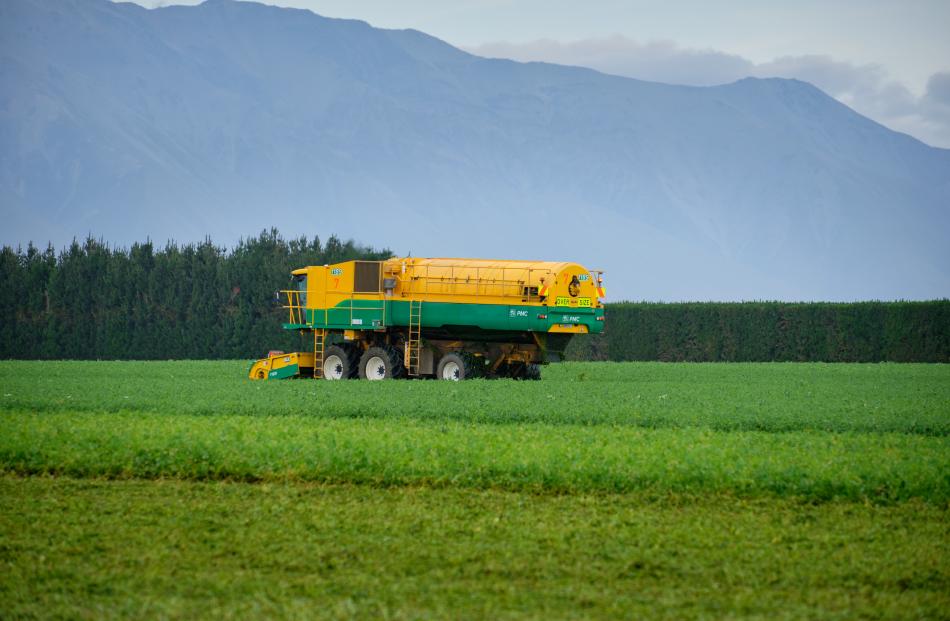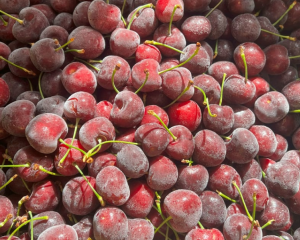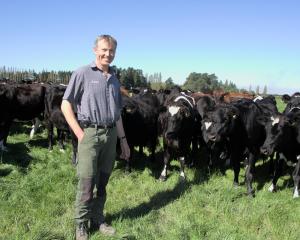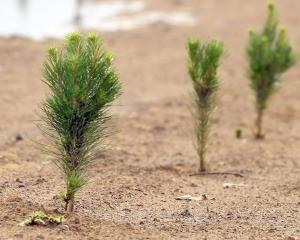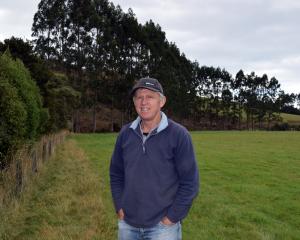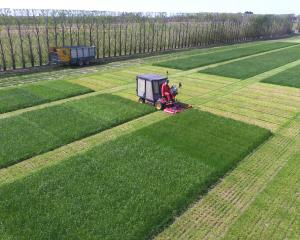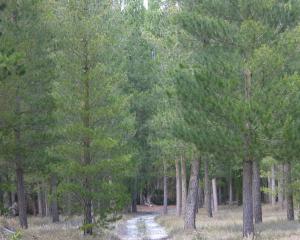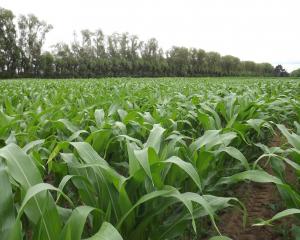The Maw family, of Mid Canterbury, has been been farming at Barrhill for four generations, dating back to 1925.
They rotate a broad range of crops including cereals, grass and clovers for grazing and seed production, vegetable seed crops and peas, which are currently being harvested for produce giant, Wattie’s.
Colin Maw has been supplying Wattie’s for over 20 years.
Wattie’s farmers had vast experience in growing the very best peas with knowledge handed down and nurtured between generations, he said.
Wattie’s South Island agricultural manager Greg Noller oversees the work of a team of agronomists and harvester operators to ensure the 24/7 supply of peas to its factory.
He said Canterbury-wide Wattie’s farmers grew and harvested the largest area of peas in the southern hemisphere with the longest pea harvesting season in the world.
More than 38,000 tonnes of peas were harvested by Wattie’s in the Canterbury region each year.
Like other farmers, Mr Maw said he cared deeply about his role as a custodian of the land and kept future generations in mind as he farmed.
He maintained a gap of about seven years between pea crops, which were just part of the broad rotation of crops.
Peas were part of that rotation which included cereals, grass and clovers for grazing and seed production, and vegetable seed crops
The system improved soil fertility and structure, minimised disease carryover and reduced agricultural chemical residues.
It meant there was a good yield and ensured good care for the long-term health of the soil.
Peas were part of the legume family and an excellent crop for the planet, as they helped with nitrogen-fixing in the soil and generally did not need fungicides.
"Keeping everything local ensures Wattie’s get the best peas to supermarket shoppers. Wattie’s peas can go from field to fork without delay because their factory is close to the farms.
"As soon as peas reach optimum tenderness, they are harvested, washed, blanched and quickly frozen to preserve their full flavour. To choose the best moment for harvest, the peas on each farm are carefully monitored with what’s called a ‘tenderometer’.
"Several peas are placed inside and squeezed to measure whether they are tender and ready to harvest. This is our guide to maturity of the pea. Once tenderness is gauged, there is a window of 72 hours to harvest."
The harvest was a tightly co-ordinated event to take care of the precious crop.



